On 2 hectares of land, Mr. Tran Truong Thai, in Duc An village, Thuan An commune, Dak Mil district ( Dak Nong ) grows coffee and pepper. In addition, he also intercrops durian and avocado to increase his income.

In recent years, in parallel with growing coffee and pepper plants, Mr. Thai has researched and learned to take care of other crops such as avocado and durian.
Mr. Thai said that many years ago, coffee and pepper prices were low and fluctuated a lot, often limiting his family's income.
Therefore, intercropping and diversifying crops helps him increase his income per unit area. "This is an effective solution, helping farmers like me profit from agricultural production," Mr. Thai shared.
Mr. Thai has been involved with coffee and pepper plants for many years. Mr. Thai believes that the limitation of growing long-term crops is the investment in year-round care with many expenses, many fertilizers, and labor, but only one harvest. This makes farmers face many risks in terms of selling price, consumption market, and investment costs.
Meanwhile, the living expenses of family members throughout the year depend on only one harvest. Many times, coffee and pepper farmers have to “eat first, pay later”, and family expenses are always difficult and lacking.
To overcome this limitation and make the most of the family's land area, Mr. Thai has built a model of intercropping crops.

On 2 hectares of land, Mr. Thai planted 2,000 coffee trees, 600 pepper trees, nearly 50 durian and avocado trees that are being harvested. The garden was invested in and planted systematically, exploiting the space for the trees to grow, creating a stable source of income and bringing high economic efficiency.
Mr. Thai said that in previous years, the garden generated an income of nearly 500 million VND per year. This year, the garden is generating a stable income with 6 tons of coffee, 3 tons of pepper and durian worth about 140 million VND. With the current price of coffee and pepper, I have an income of nearly 1 billion VND after expenses.
In addition to maximizing the crop area, intercropping also helps Mr. Thai have income many times a year to cover living expenses and investment and production costs.
Ms. Phan Thi Le Hang, Chairwoman of the Farmers' Association of Thuan An Commune, Dak Mil District (Dak Nong) assessed that this method is highly economically effective. Intercropping not only increases the value of land use, increases income per unit area, but also reduces the risk rate when crop prices fluctuate.
Fruit trees when planted in coffee gardens have many benefits, they provide shade, windbreak, and limit evaporation in the dry season, helping to reduce the amount of water for irrigation of coffee.
In 2022, Mr. Thai's field was recognized as a model field in the New Rural Development Program. The model is following the production process according to the model garden standards.
To effectively apply this model, people need to understand the cultivation techniques of each crop and properly handle fertilization and harvesting to avoid risks when intercropping.
According to the assessment of the agricultural sector, intercropping also helps to limit the phenomenon of soil erosion. Plant residues from intercropped plants will provide 24-26% of organic matter in the soil.
Through the actual production in the gardens applying intercropping measures has helped increase coffee productivity. This measure also contributes to improving the soil environment, shading, and wind protection for the coffee garden.
According to the Department of Agricultural Development (Department of Agriculture and Rural Development), Dak Nong province has 139,932 hectares of coffee. Of which, the intercropping area is 53,174 hectares. Specifically, the coffee area with cashew trees is 5,879 hectares, pepper is 29,000 hectares, rubber is 485 hectares, durian is 7,311 hectares, avocado is 5,062 hectares...
Source: https://baodaknong.vn/thu-tien-ty-tu-ray-kieu-mau-o-dak-nong-228722.html



![[PHOTO] Hanoi fences off demolition of "Shark Jaws" building](https://vphoto.vietnam.vn/thumb/1200x675/vietnam/resource/IMAGE/2025/5/25/1b42fe53b9574eb88f9eafd9642b5b45)
![[Photo] Ea Yieng commune settlement project abandoned](https://vphoto.vietnam.vn/thumb/1200x675/vietnam/resource/IMAGE/2025/5/25/57a8177361c24ee9885b5de1b9990b0e)
![[Photo] French President Emmanuel Macron and his wife begin state visit to Vietnam](https://vphoto.vietnam.vn/thumb/1200x675/vietnam/resource/IMAGE/2025/5/25/03b59c7613144a35ba0f241ded642a59)
![[Photo] Funeral of former President Tran Duc Luong in Quang Ngai](https://vphoto.vietnam.vn/thumb/1200x675/vietnam/resource/IMAGE/2025/5/25/ccf19a3d8ea7450bb9afe81731b80995)

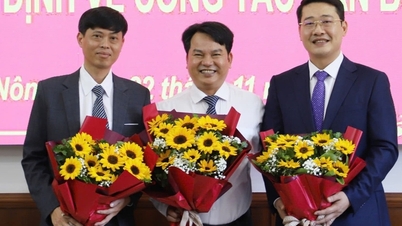

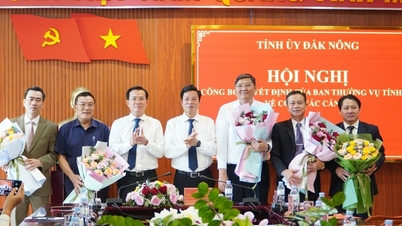

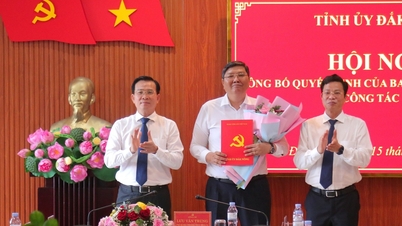







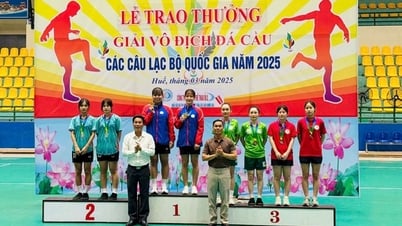
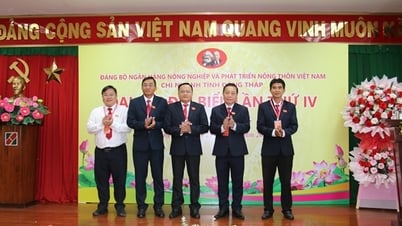

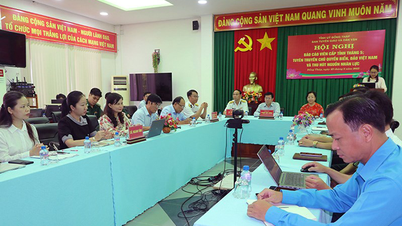




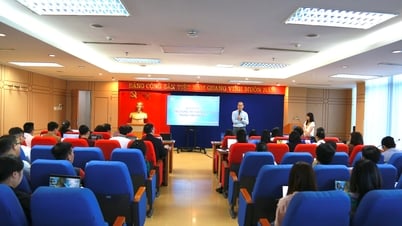

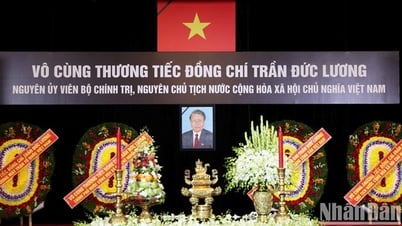
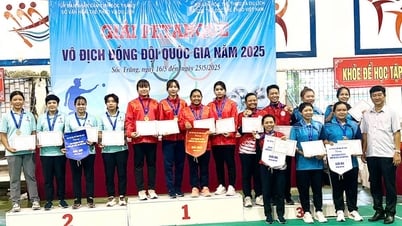
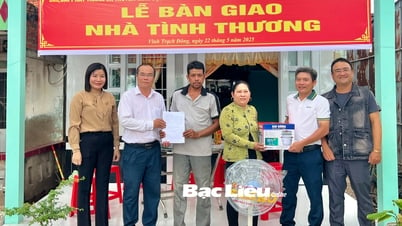
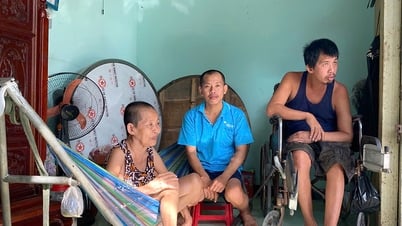





























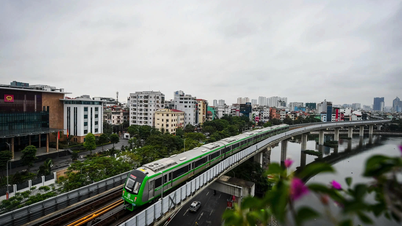


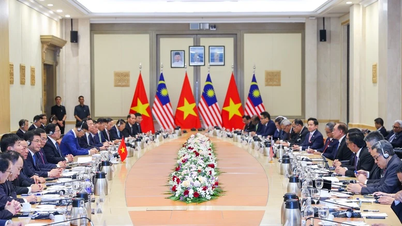

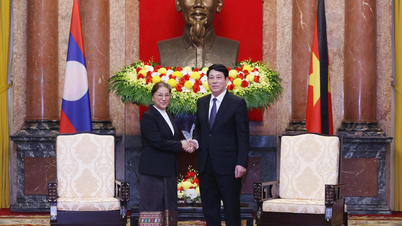








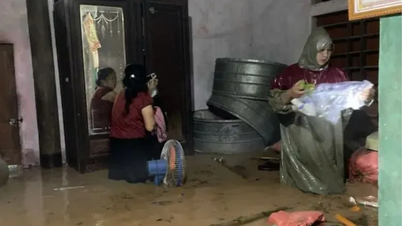

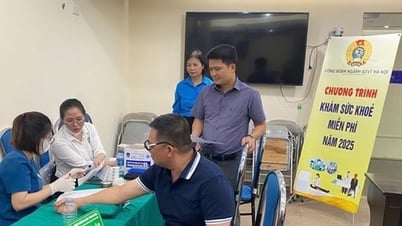


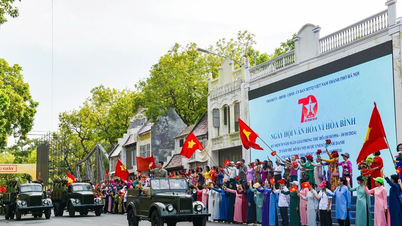

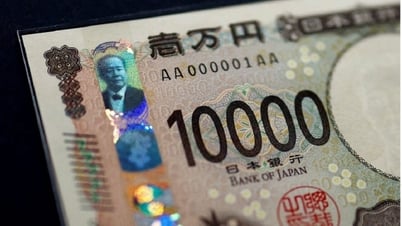

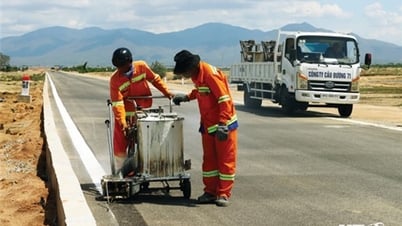












Comment (0)